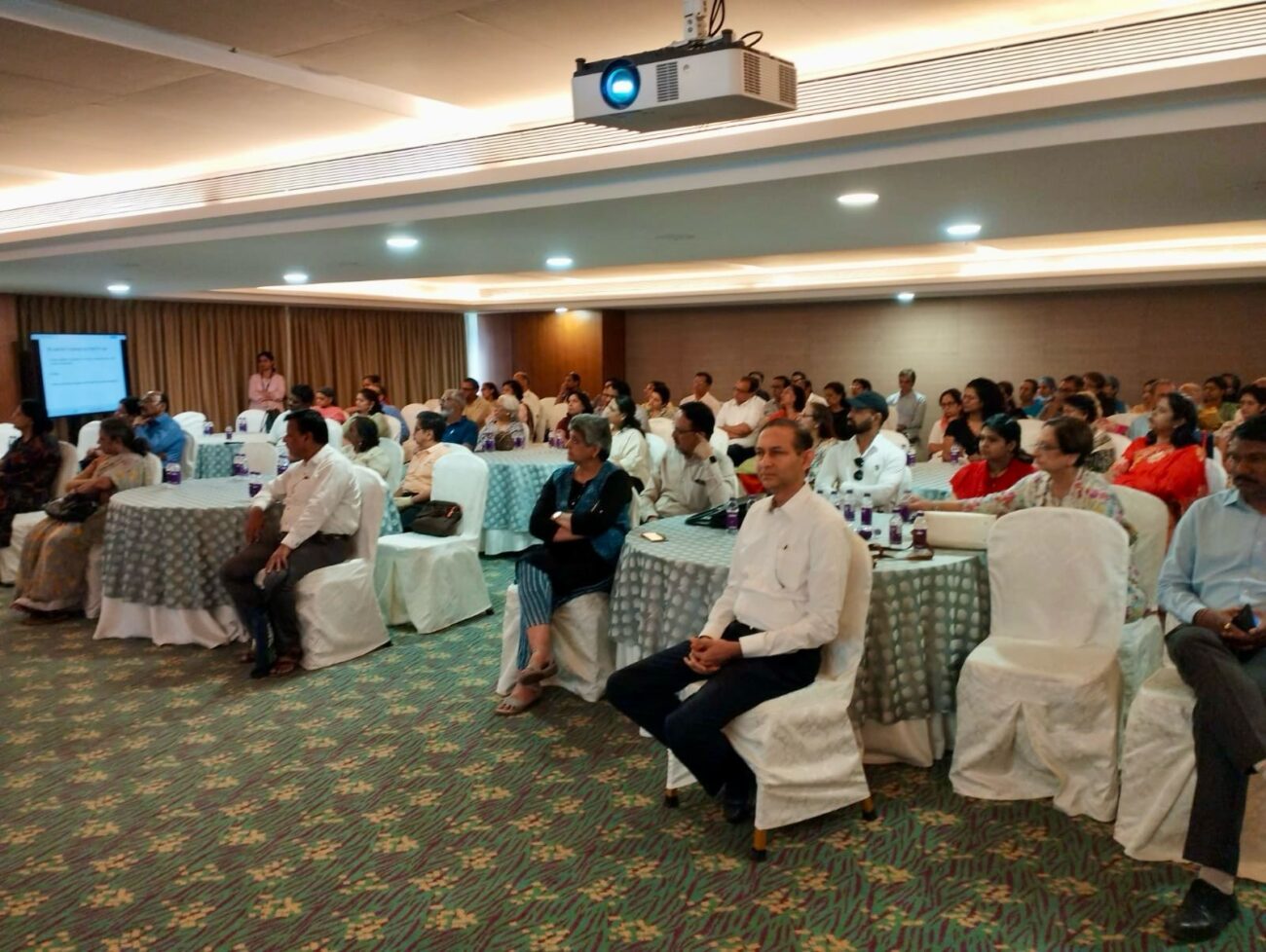Lung Cancer On The Rise In Non-Smoking Women
Max Cancer Centre study shows 82% of women lung cancer patients were non-smokers Women from Tier II and III cities highest among lung cancer patients Indoor Air Pollution (IAP) main cause of lung cancer among non-smoking women Lung
- Max Cancer Centre study shows 82% of women lung cancer patients were non-smokers
- Women from Tier II and III cities highest among lung cancer patients
- Indoor Air Pollution (IAP) main cause of lung cancer among non-smoking women
Lung cancer, one of the deadliest types of cancer in the world, is known to claim the highest number of lives every year. As it is mostly diagnosed in the advanced stages, according to World Health Organization (WHO), lung cancer has been the leading cause of cancer-related mortality with 2.09 million deaths in 2018. Primarily, the symptoms are usually not distinguishable in the early stages and people often self-diagnose them as seasonal problems.
In order to understand the various aspects of lung cancer amongst men and women, a study was undertaken by Max Cancer Centre, Max Super Speciality Hospital, Saket with more than 250 patients of lung cancer. Over a period of 2 years from 2013 to 2015, the study showed that the major cause for developing lung cancer is tobacco consumption and this cancer is often viewed solely as a smoker’s disease. However, the rate of the disease among non-smokers – and women – has risen substantially.
- 75% of all lung cancer patients were male; female constitute around one-fourth of the total number of lung cancer patients
- Among men, 70% of patients were smokers and 30% were non-smokers, while among women a staggering 82% patients were non-smokers.
- These women were mainly from Delhi – NCR and Tier II and III cities like Moradabad, Saharanpur, Hathras, Agra, Mathura, Varanasi, Muzzafar Nagar etc.
According to Dr. Anil Kumar Anand, Senior Director, Radiation Oncology, Principal Investigator, Hospital Based Cancer Registry, Max Cancer Centre, Max Super Speciality Hospital, Saket, “In India, we have observed a substantial overall increase in the number of cancer cases in the last decade. However, In our study, we observed a steeper rise of lung cancer cases among women, out of which 82% were non-smokers.
One of the main reasons behind this surge is the indoor air pollution since women spend major time of the day indoors and specially in poorly ventilated kitchens.
“Women are an integral part of our community and it is crucial for them to come forward and take care of their own health. It becomes extremely important to create awareness, especially in Tier II and III cities on how basic factors, such as using Chulha and poor ventilation, can be fatal,” he added.
According to the Indian Council of Medical Research, new lung cancer cases are likely to touch 1.4 lakh cases per year by 2020. In Delhi NCR, lung cancer is the most common cancer among males with Age Adjusted Rate (AAR) of 13.9 cases per 100,000 population while in females it is 4.2 per 100,000 population, and is the 6th most common cancer among women. In approximately 2 decades, 61% more women have fallen prey to lung cancer as compared to only 20% males.
Possible causative factors for rapid rise of lung cancer among women
In the west, rise in lung cancer in women was observed due to increased number of women taking up smoking, while in India the major reason seems to be environmental pollution, both outdoor and indoor. Use of inefficient cooking fuels like wood and kerosene produces large amounts of small soot particles that can penetrate deep into the lungs. Air pollution generated within homes is dangerous because of its proximity.
In the Max Healthcare study, Air Pollution both indoor and outdoor pollution seems to be the major cause for lung cancer in non-smoking women.
- Women are exposed to Indoor Air Pollution (IAP) much more than men due to poorly ventilated kitchens, incense sticks, and use of traditional stoves (chulha) with wood and cow dung as fuel in rural and semi urban population.
- In 2006, The World Health Organization reported that IAP claims 5 lakh lives yearly. India accounts for nearly 80% of the 6,00,000 premature deaths that take place in Southeast Asia every year due to the exposure to IAP.
- According to The Lancet report in 2015, IAP, generated mostly by using Chulha, resulted in 1.2 lakh premature deaths.
- This owes to the fact that 70% of the Indian households do not have proper ventilation and over 3 billion people depend on solid fuels to prepare meals. It is important to know and understand that the use of solid fuels indoors exposes one to carbon monoxide, benzene, particulates, formaldehyde, etc that may increase the chances of lung cancer.
- Pollution from incense sticks is a major contributor to the degradation of your indoor air quality, putting you at the risk of developing lung cancer. These are made of charcoal wood, burning of which results in the emissions of harmful constituents like VOCs (Volatile Organic Compounds), particulate matter and gases like sulphur dioxide, formaldehyde, carbon monoxide, and oxides of nitrogen.
We need to raise awareness for both indoor pollution and outdoor pollution. Clearly, a greater awareness is needed on the hazards of poorly ventilated homes and kitchens along with replacement of chulha cooking with LPG gas to tackle indoor pollution, especially in Tier II and III regions. In highly polluted cities like Delhi – NCR, outdoor and indoor pollution both seem to be contributory factors for spike in lung cancer among women.
Despite advances in prevention, early detection, and treatments, lung cancer remains one of the leading causes of cancer in India, where multiple factors like air pollution, smoking, any form of tobacco consumption, etc. play an important role. While both men and women can be affected by these factors, what makes it more dangerous for women is mainly the lack of awareness, due to which they may be diagnosed late, or show reluctance to visit a doctor. Therefore, it becomes imperative for women to be aware of how they get exposed to such diseases.





